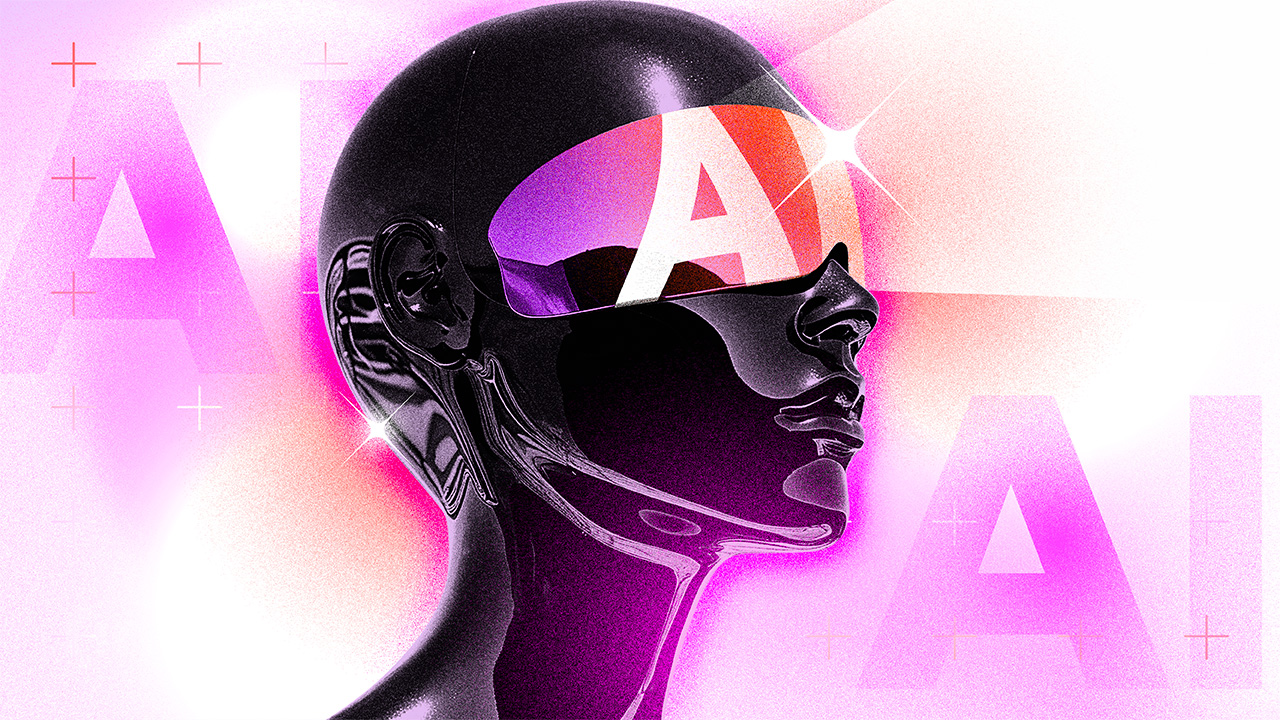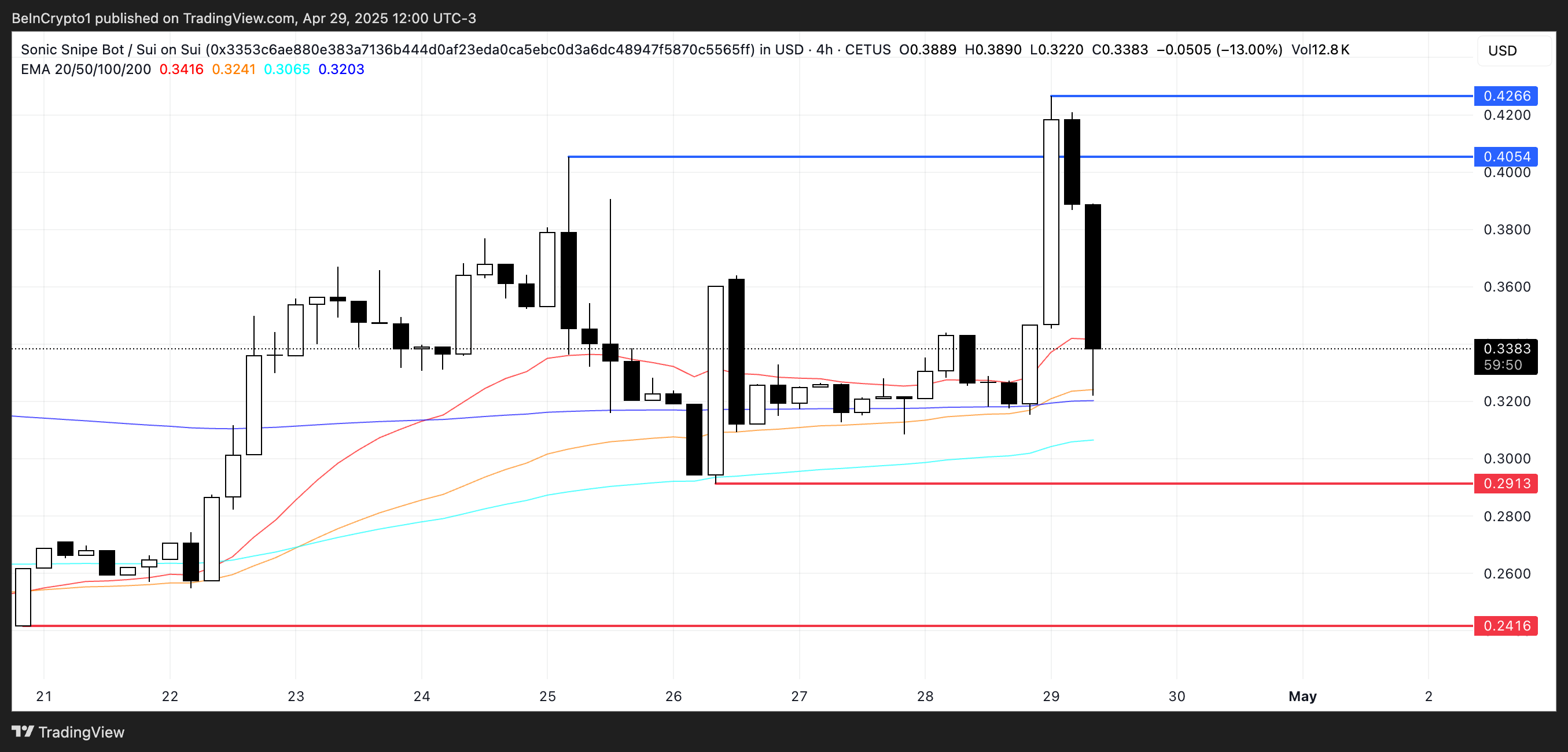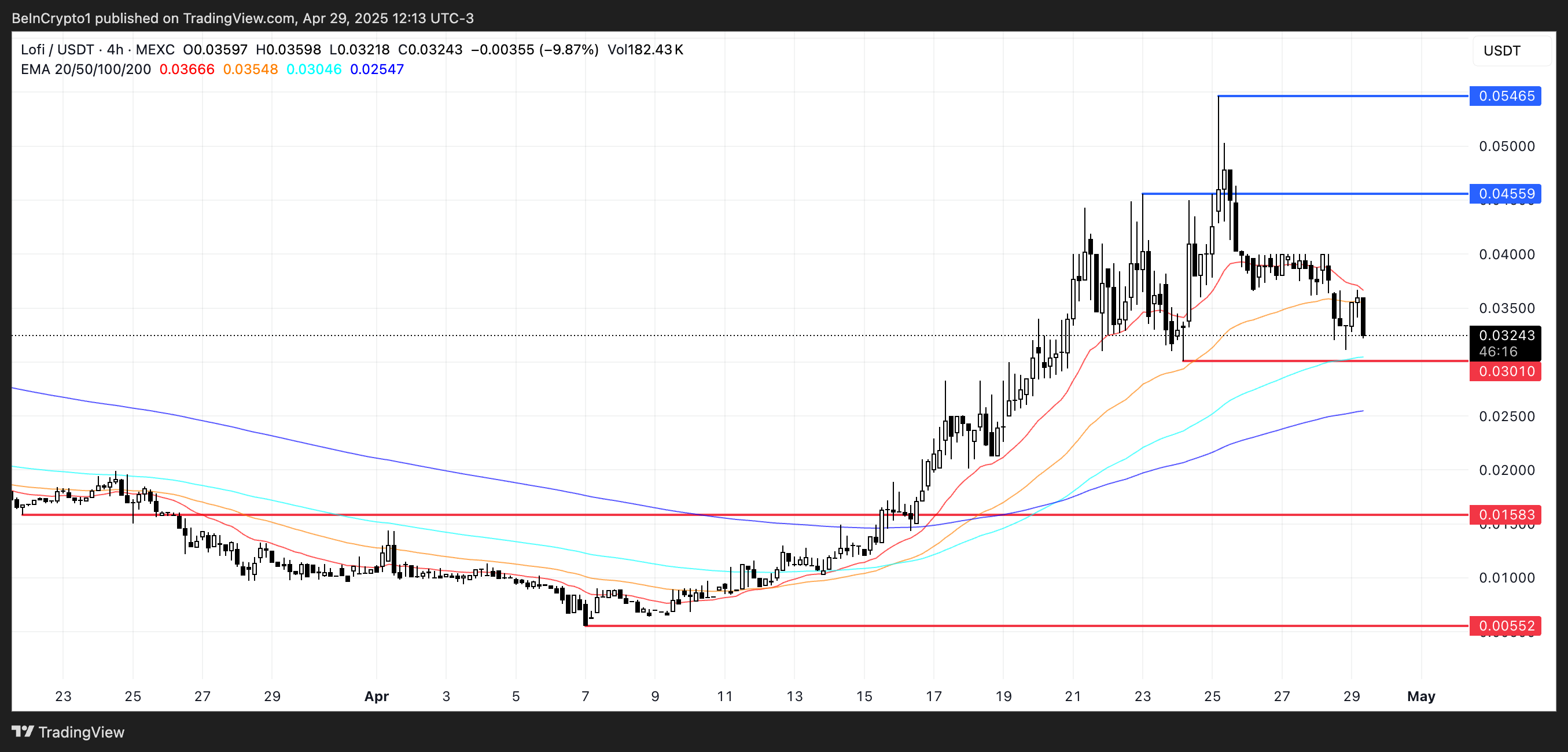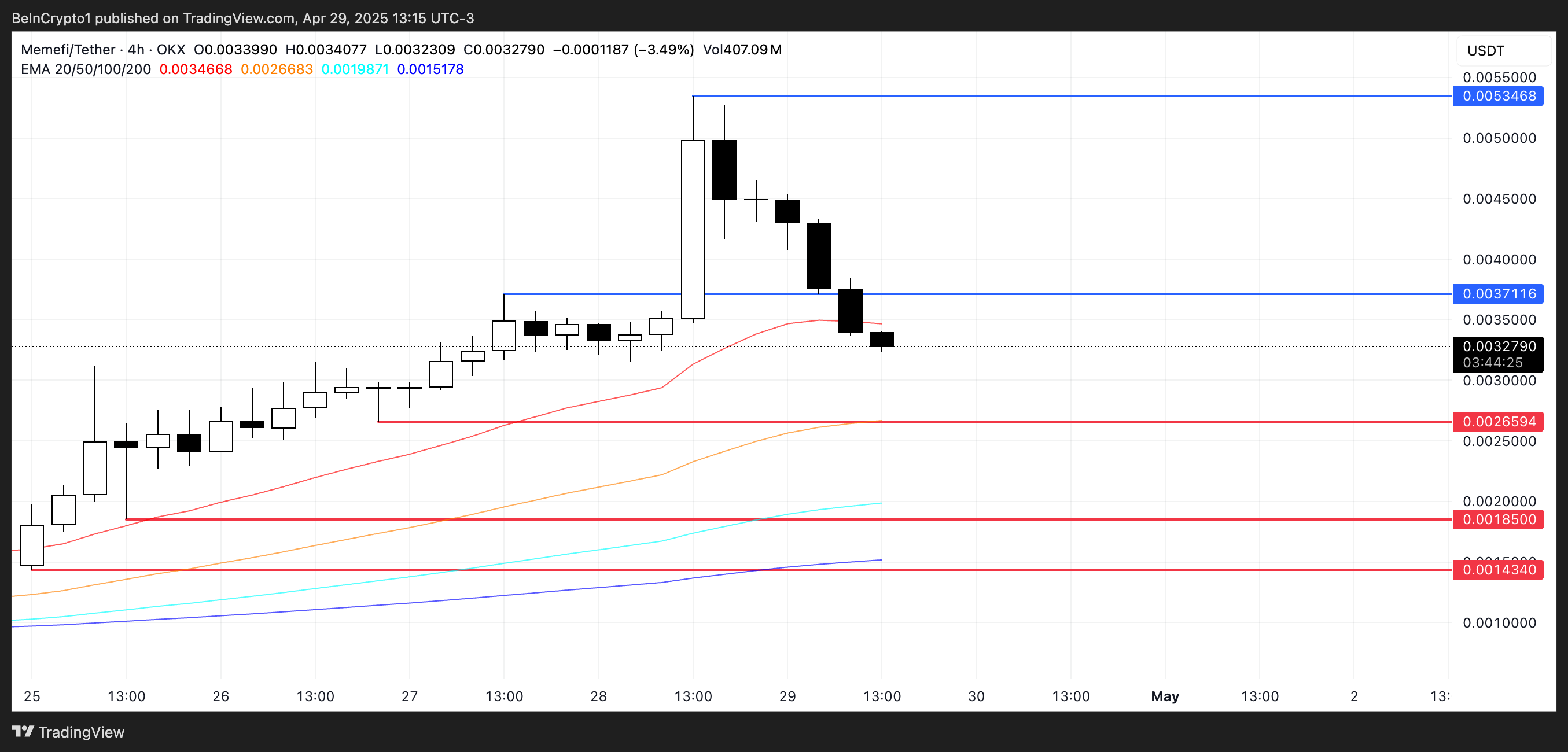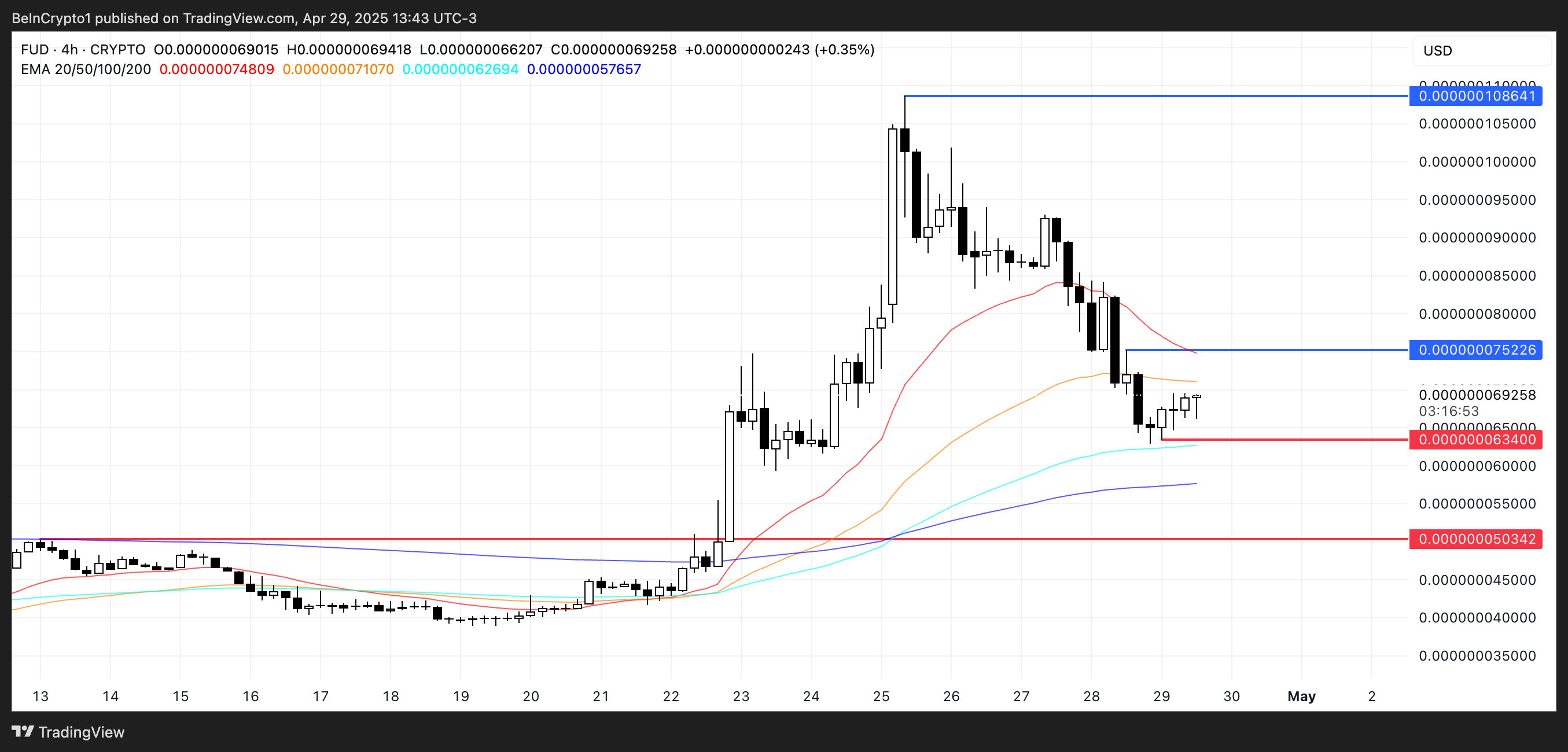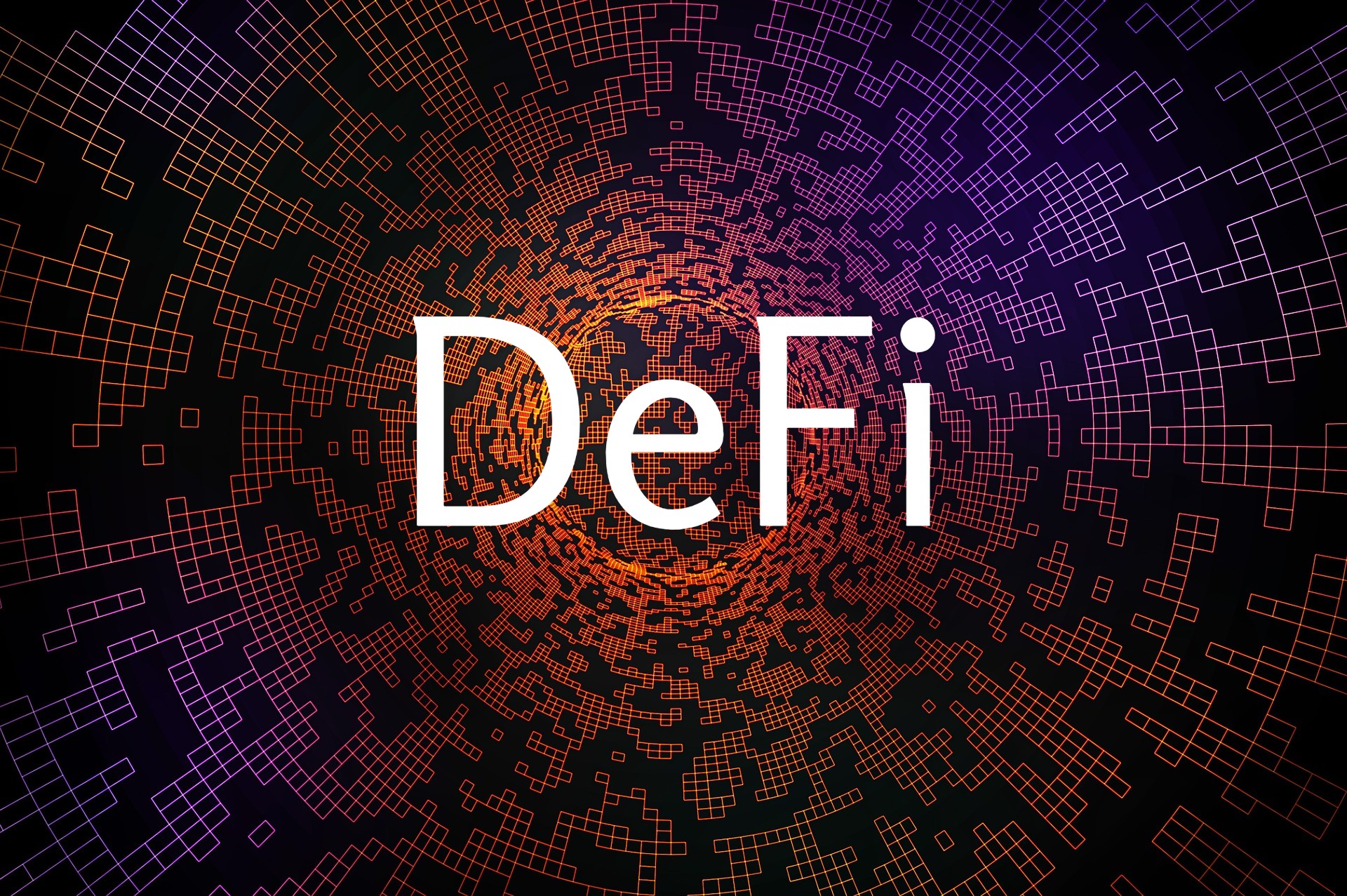AI coins continue to draw strong attention heading into the first week of May, with Story (IP), Virtuals Protocol (VIRTUAL), and GRASS standing out for different reasons.
Story has shown modest gains but remains below the explosive pace set by other AI projects. Conversely, VIRTUAL has surged nearly 90% in just seven days, benefiting from the renewed hype around crypto AI agents.
Story (IP)
Story (IP) is up nearly 5% over the past seven days but has been underperforming compared to other top AI-focused coins in the same period.
While many AI tokens have seen explosive gains recently, Story’s more modest move suggests a slower build in momentum.
Despite the lag, Story remains a project with strong fundamentals and growing relevance in the decentralized content space, making its recent price behavior worth watching closely.
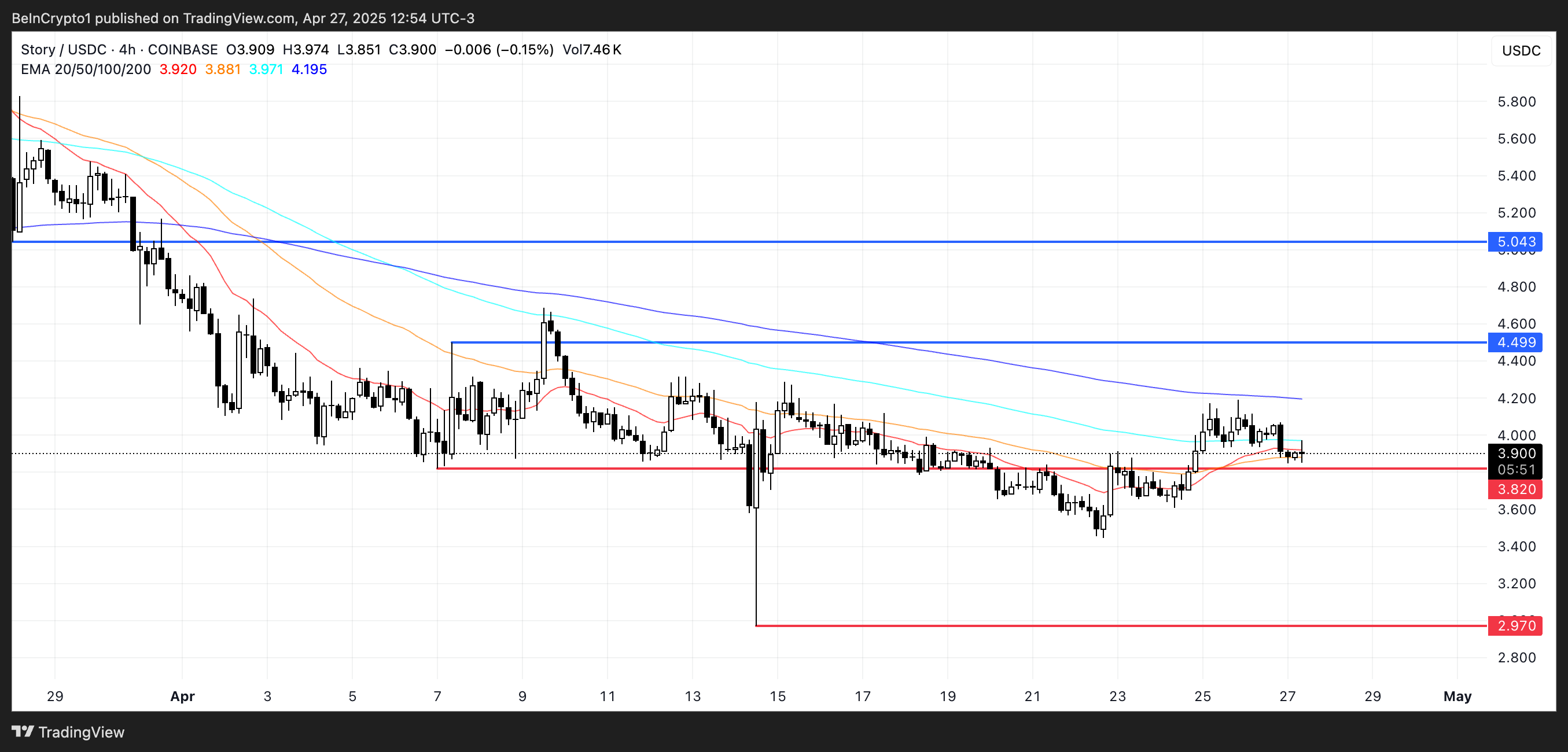
Its market cap is now just above $1 billion, a psychologically important threshold that could influence future investor sentiment.
Technically, IP is currently trading very close to a key support at $3.82; if that support fails, the next major downside target is $2.97.
However, if the support holds and momentum improves, IP could rally toward $4.49, and with stronger buying pressure, extend gains to $5.04 or even $6.61.
Virtuals Protocol (VIRTUAL)
VIRTUAL has surged nearly 90% over the past seven days, fueled by renewed excitement around the narratives of artificial intelligence and crypto AI agents.
As AI narratives regain traction across the market, VIRTUAL has positioned itself as one of the top beneficiaries, quickly reclaiming attention after months of quieter trading.
The strong rally highlights the market’s appetite for AI-related projects and puts VIRTUAL in a strong position heading into the next major technical levels.
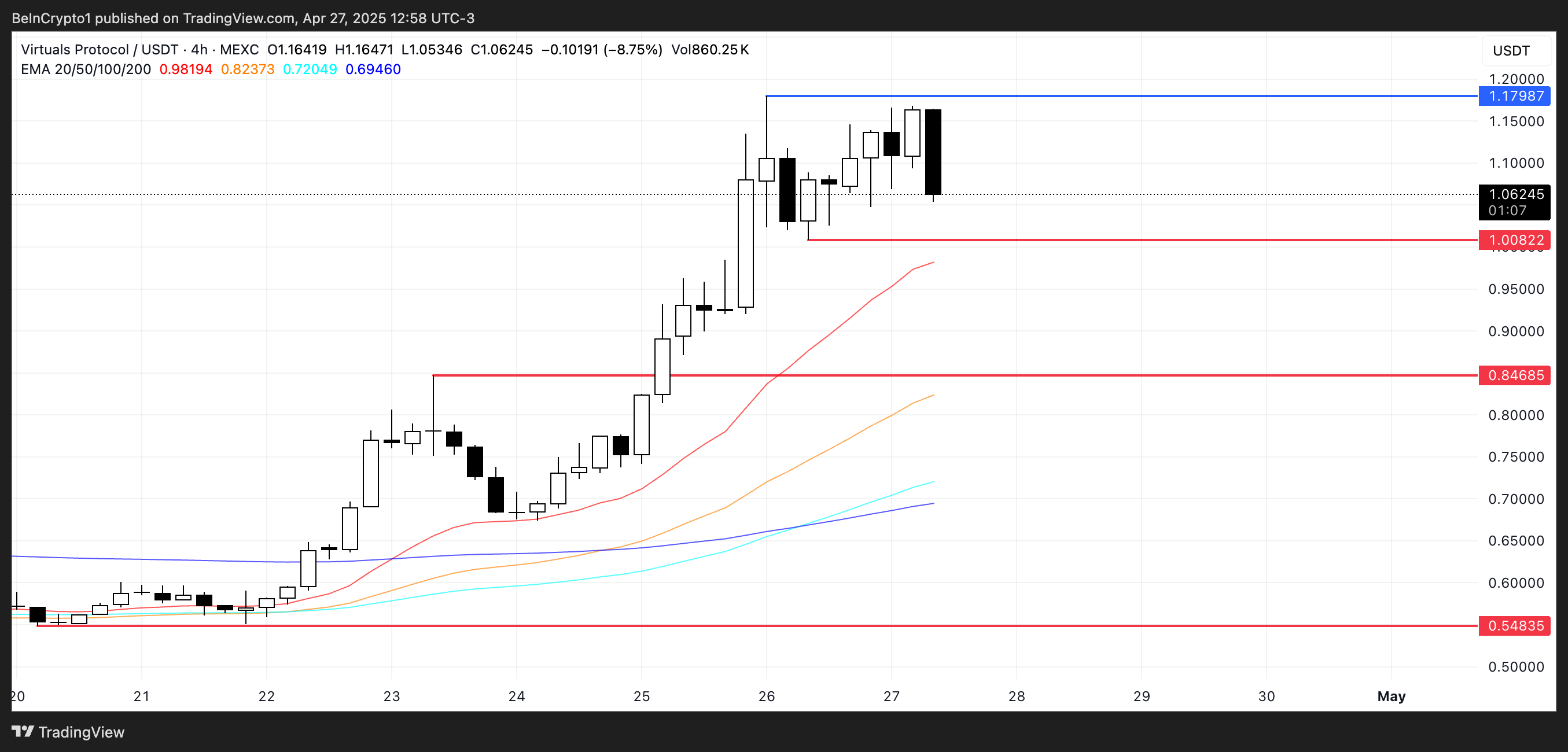
Currently, VIRTUAL is approaching a key support at $1.008; if this level is lost, the next downside targets would be $0.84 and potentially $0.54 if selling pressure intensifies.
However, if VIRTUAL can maintain its positive momentum, it could rally toward the resistance at $1.17.
A successful break above this resistance could pave the way for a move to $1.30, and if buying interest remains strong, even $1.50 — a level VIRTUAL has not seen since February 5—could be within reach.
GRASS
GRASS has been underwhelming compared to other major AI coins, with its price moving just 0.4% over the last seven days.
While many AI tokens have posted strong rallies recently, GRASS has remained relatively stagnant, suggesting that bullish momentum has cooled.
Despite the muted performance, GRASS still shows signs of underlying strength, but it remains uncertain whether it can capitalize on the broader AI narrative.

Technically, GRASS’s EMA lines are still bullish, with the short-term averages positioned above the long-term ones, but the gap between them is narrow, hinting that the trend could shift soon.
If selling pressure picks up, GRASS could test the support at $1.63; losing that level could lead to further declines toward $1.56 and even $1.45.
However, if GRASS can gather enough strength to test and break above the $1.74 resistance, it could open the door for a move higher to $1.82 and potentially $1.90.
The post Top 3 AI Coins To Watch For The First Week of May appeared first on BeInCrypto.

